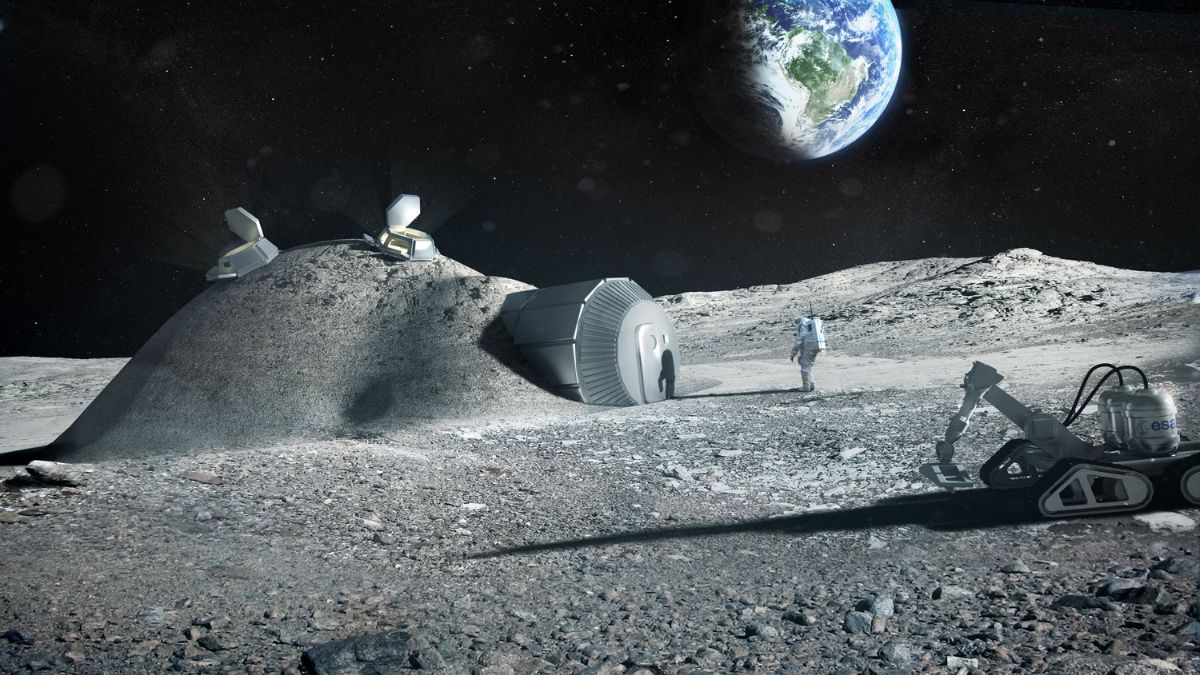A mysterious mineral from outer space has scientists buzzing—and it might just be the key to a more sustainable planet. Found in a meteorite that landed in Germany in 1724, this rare form of silicon dioxide is called silica tridymite. But it’s not like anything we’ve ever seen on Earth. What’s got researchers so excited? Its ability to maintain the same thermal conductivity, no matter how hot it gets. That could change the game for high-heat industries like steel manufacturing. Sounds like science fiction, right? But this is very real.
Discovery
This all started with a rock from space. Back in 1724, a meteorite crash-landed in what’s now Germany. Hidden inside was something extremely rare—silica tridymite. At first glance, it’s just a type of silicon dioxide, but the way it behaves is unlike anything we’ve seen.
Read Also- Sri Lanka’s Rare Gem – Little Known Stone Worth Hundreds Per Carat Rivals Gold and Platinum
It doesn’t follow Earth’s rules for heat. Most materials change how they conduct heat as temperatures rise. Crystals usually lose efficiency, and glasses tend to gain it. But tridymite? It stays constant. That alone makes it a fascinating candidate for use in extreme industrial environments.
Mystery
So, what exactly is this stuff? That’s where it gets weird. Tridymite isn’t fully a crystal, and it’s not exactly a glass either. It shows order like a crystal but also has the kind of disorder we usually find in glass. In simple terms, it breaks the usual rules—and that makes it unique.
Scientists still don’t know how to classify it completely. It doesn’t fit neatly into any known category. That could mean we’re looking at an entirely new kind of material—something born in space that we’ve never seen on Earth.
Heat
Here’s the game-changer: tridymite doesn’t care how hot it gets. Unlike most materials that shift their heat-handling abilities with temperature, tridymite’s thermal conductivity doesn’t budge. It’s steady no matter what.
Why does that matter? In steelmaking, furnaces run at thousands of degrees. Materials that stay efficient under high heat could save massive amounts of energy—and money. Plus, they’d reduce equipment wear and tear, boosting safety and longevity.
Emissions
Let’s talk carbon. The U.S. metallurgical sector alone emits about 7% of the nation’s total CO₂. That’s a big slice of the emissions pie. A major reason? The insane heat these processes require.
If tridymite—or materials inspired by it—can handle that heat more efficiently, industries could dramatically cut back on energy use. That would mean fewer emissions and a cleaner footprint. It’s like swapping out an old furnace for a high-efficiency upgrade, but on a massive, industrial scale.
Future
Can we recreate tridymite here on Earth? That’s the hope. If scientists can figure out how to mimic its unusual structure, we could see a wave of new, high-performance materials hit the market.
The study, published in PNAS (Proceedings of the National Academy of Sciences), is called “Temperature-invariant crystal–glass heat conduction: From meteorites to refractories.” It marks just the beginning of this exploration. The idea is to take what we’ve learned from this space rock and apply it to future materials that can work smarter under pressure.
It’s wild to think that a rock from space, one that’s been sitting on Earth since the 1700s, might help us reduce emissions and save the planet. But that’s the power of science—and space. Sometimes, the future lands right at your feet.
FAQs
What is silica tridymite?
A rare extraterrestrial form of silicon dioxide found in a meteorite.
Why is it special?
It maintains constant thermal conductivity at any temperature.
Is it crystal or glass?
It shows traits of both but belongs to neither category.
Can it reduce emissions?
Yes, it could improve energy efficiency in high-heat industries.
Can it be made on Earth?
Scientists are working to replicate its properties in labs.






















